The problem with CCT has been you have to buy binned LEDs to get the correct mix. But if you use two drivers, white and Red LEDs, then binning is not required.
Use high power cool white and mix with medium power Red.
Use a switching regular for the high current white LEDs. Use a linear for the Red LEDs that require less current.
TI makes a chip just for CCT. Whether you use this chip or not, there is still some good CCT information.
One output of the device is a non-synchronous buck controller which is used to regulate current of high power white LEDs. The other output of the device is a linear regulator controller which is used to regulate current of medium power red LEDs. The TI TPS92660 is used for correlated color temperature (CCT) applications by mixing white LEDs with red LEDs.
LINK: Datasheet TI TPS92660 CCT Driver
LINK: Manual for TPS92660 Evaluation Board
RECOMMENDATION: LEDs WITH SMOOTH COLOR MIXING
What I like about these LEDs is the wide viewing angle of 175°.
They are targeted for entertainment lighting applications.
They are manufactured with secondary optics for great color mixing
The white can be pushed with up to 1225mA. The red 700mA.
LINK: LUXEON C Color Line Datasheet
These white are spec'd at 85°C, to compare with an LED spec'd at 25° C, add 10% to these.
There are some additional colors with blue and red that are very unique. These are targeted for horticulture but some are the same as the Color C Line but spec'd with PAR (Photosynthetically Active Radiation). You can add Red with a little bit of Blue. Various rations of red and blue are available.
LINK: LUXEON SunPlus Series Datasheet
The Color C LEDs are tiny but pack a punch. Some of the brightest most efficient LEDs available. Notice they have a lower forward voltage (less watts), spec's at 85, and wide viewing angle. The binned by luminous flux has some much brighter than the "Typical"
In my opinion the most important spec is the Thermal Resistance junction to case. The Red are 2.8° C/W
